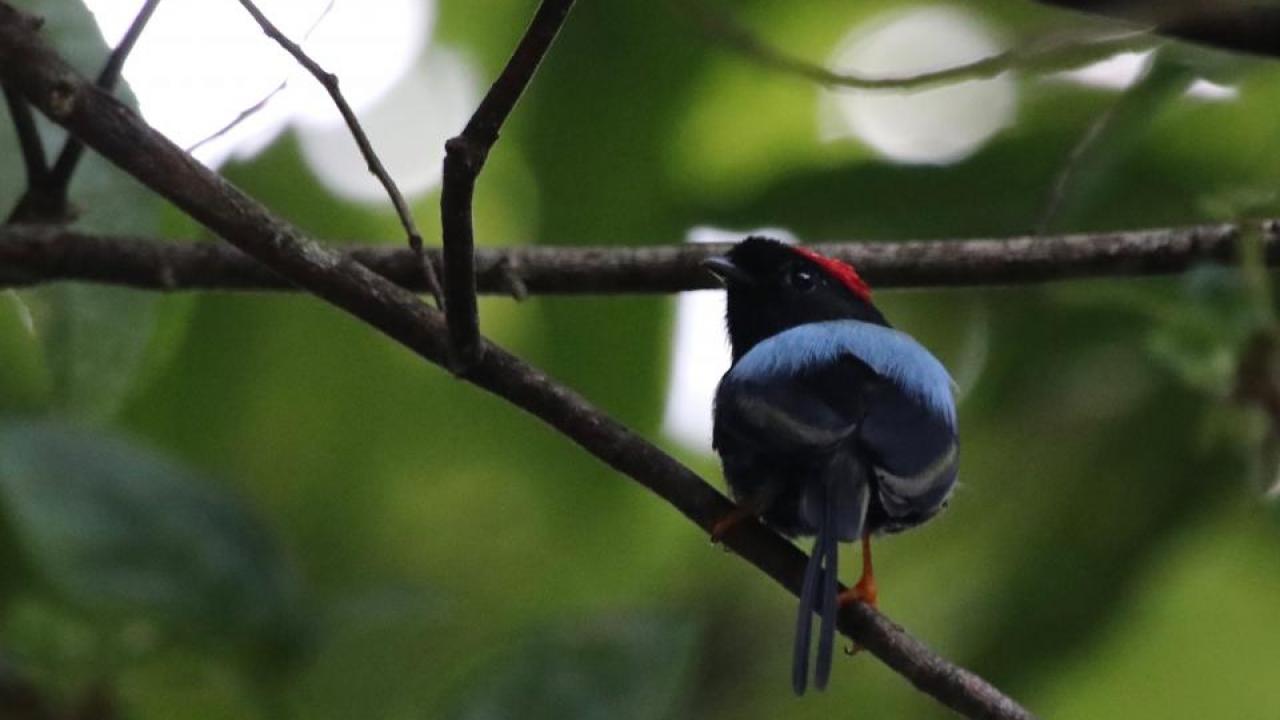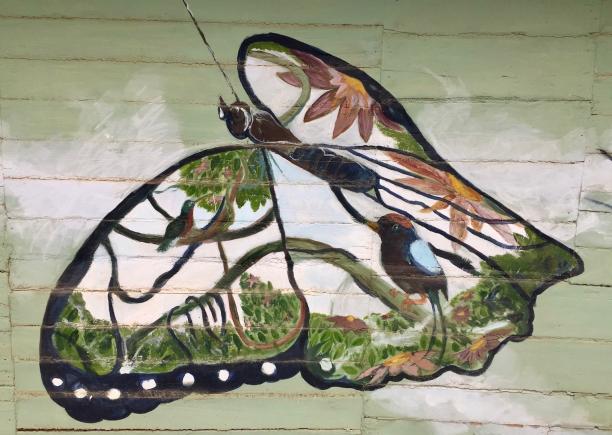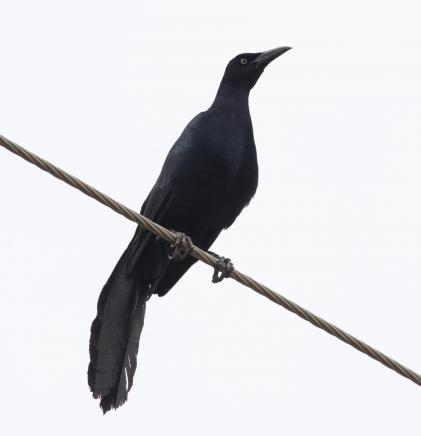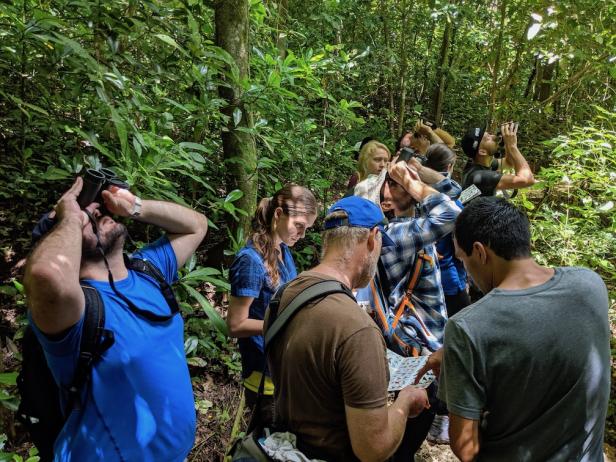
Deforestation and Climate Change Threaten the Most Beloved Wild Birds
Conserving Rainforests Safeguards Cultural Connections Between People and Birds
Deforestation and a drying climate threaten the bird species that people value most, according to a recent study led by researchers at the University of California, Davis, and the University of British Columbia.
In the study, published in the journal Conservation Letters, researchers counted and identified birds for three years at 150 sites on farms, tropical rainforests and tropical dry forests in northwestern Costa Rica. They also administered in-person and online questionnaire surveys to more than 400 people, asking their opinions about 200 bird species found in the study region.
“Contrary to our expectations, we found that the birds in agricultural fields, particularly the dry agricultural areas, were the ones people found most harmful and annoying,” said co-leading author Alejandra Echeverri, a postdoctoral researcher now at the Natural Capital Project at Stanford University. “We expected people to love those birds because they interact with them the most in their daily lives. Yet, we kept finding that people have a strong cultural connection with forest birds.”

What people like about birds
Farmers and scientists alike recognize the concrete economic benefits birds provide by eating damaging crop pests, pollinating plants and dispersing seeds. However, birds are also loved for less tangible reasons. Their beautiful songs and plumages, their unique behaviors and their ubiquity drive a multi-billion-dollar birdwatching industry and bring joy to millions of people worldwide. In Costa Rica, birds are also kept as pets in many households. Many myths, legends, similes and slurs in Costa Rican folklore feature birds as their main characters.

Yet the intangible, cultural connections people form with birds are rarely studied or quantified. By combining approaches from biology and psychology, the researchers determined which species people prefer, why, and how the preferred birds were faring.
When the researchers asked local farmers, urbanites or birdwatchers to identify the species they found most beautiful, most musically pleasing, most deserving of scientific study, most important to conserve for future generations or most tied to their identities, some species always scored high. For example, people loved the long-tailed manakin (Chiroxiphia linearis), a colorful bird, with a complex song and unique mating displays. But they despised the great-tailed grackle (Quiscalus mexicanus), a species that congregates in noisy flocks in towns throughout the region.
Conserving culturally important species
Across the board, respondents preferred species that lived in tropical rainforests over those found in cities and on farms.
“This indicates that, with climate drying and deforestation, we are not only losing the most ecologically vulnerable species,” Echeverri said. “We are also losing the species people find most culturally important.”
Northwestern Costa Rica is expected to suffer longer periods of drought in the future. While the region has seen an increase in forest cover in the past decades, agriculture and cattle ranching remain dominant land-uses in the area.
“Our past work in the region showed that certain species are particularly vulnerable to climate change and deforestation,” said co-leading author Daniel Karp, assistant professor with the UC Davis Department of Wildlife, Fish and Conservation Biology. “Here, we show that these same species are also the ones that bring people the most joy.
“This suggests that deforestation and climate change not only threaten the birds themselves, but also the connections people have constructed with birds for decades,” Karp said.

A path forward
However, the fact that people prefer sensitive, forest-associated species may be good news for local conservation efforts. Choosing culturally important yet declining species as emblems for conservation initiatives could help garner support for preserving or restoring tropical wet forests, the study notes.
Media contact(s)
Alejandra Echeverri, Stanford University, ale.echeverri@stanford.edu
Daniel Karp, UC Davis Wildlife, Fish and Conservation Biology, 530-219-9868, dkarp@ucdavis.edu
Kat Kerlin, UC Davis News and Media Relations, 530-752-7704, 530-750-9195, kekerlin@ucdavis.edu